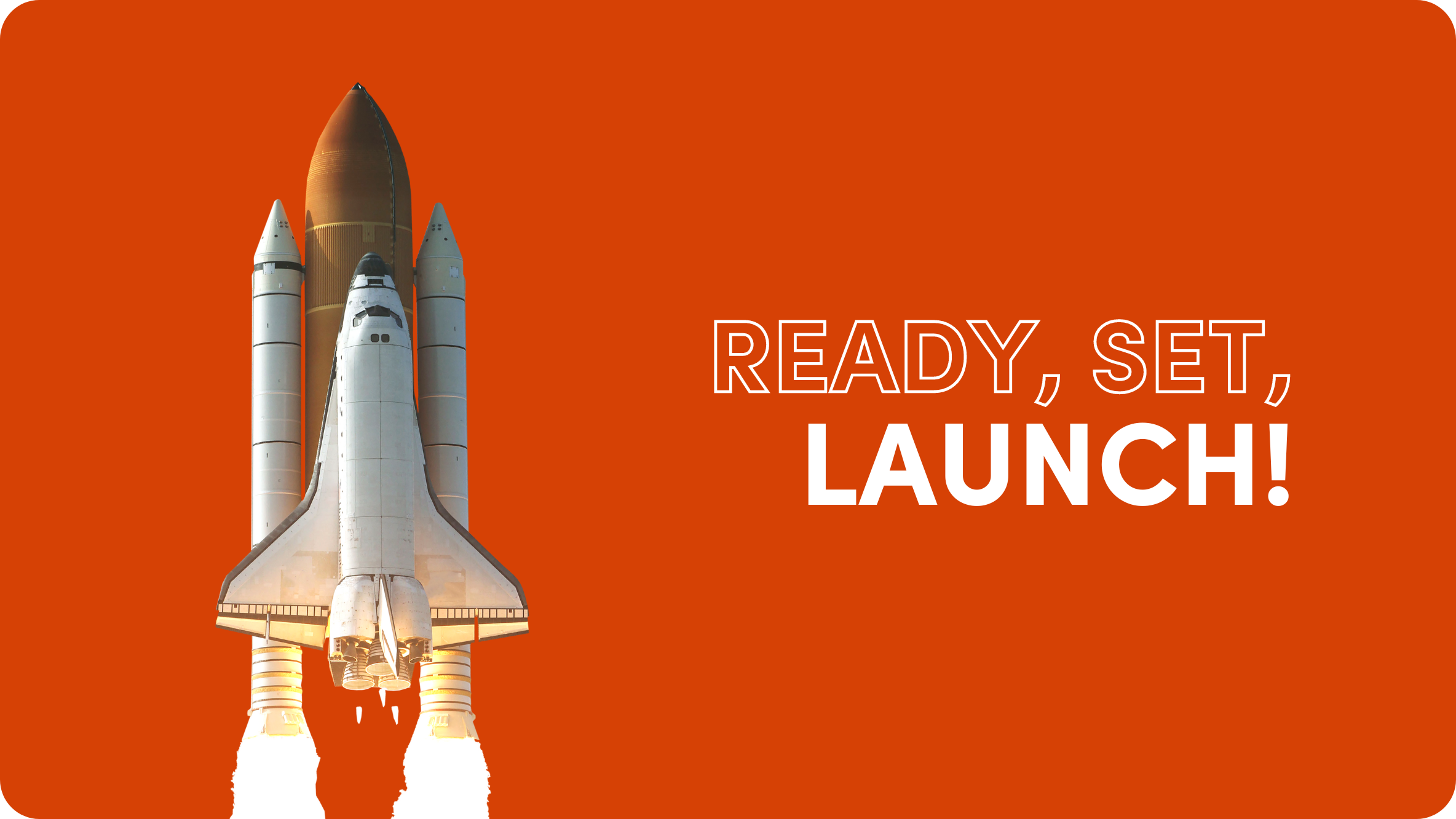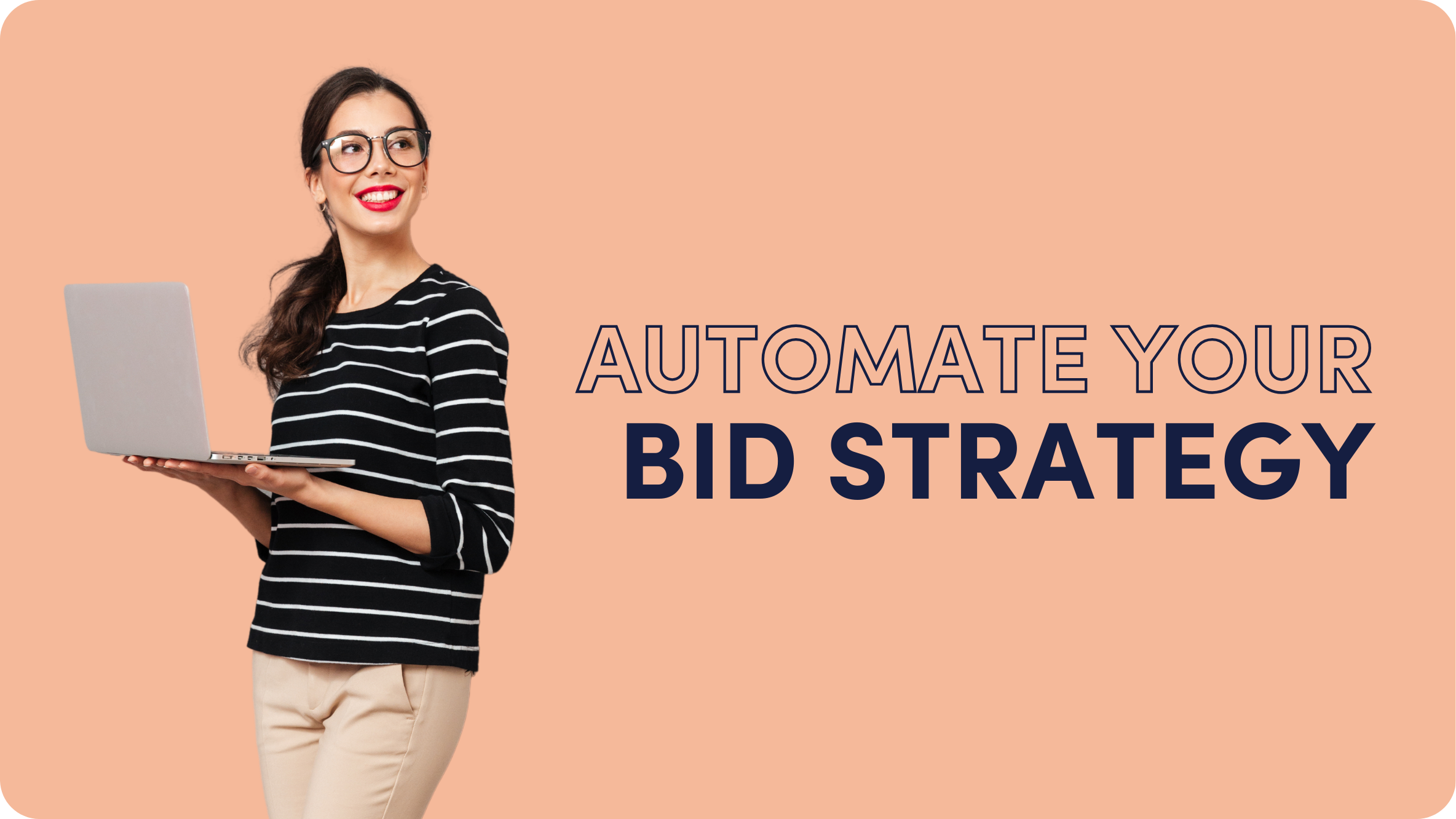5 Mistakes to Avoid With Your Content Discovery Campaigns

“Anyone who has never made a mistake has never tried anything new.” – Albert Einstein
That’s the spirit!
However, after many years working closely with marketers in the content discovery field, I have watched the same mistakes being made again and again. From beginners in digital all they way to those who specialize in growth hacking, I’ve witnessed thousands of content discovery campaigns not live up to their full potential.
As someone who has managed campaigns for startups and big brands across various industries, I decided it’s time to share my wealth of knowledge so that you can make the most out of Outbrain as a content discovery platform.
To avoid catastrophic results out of the gate, though, you’ll have to watch out for these five following common mistakes:
- Algorithms and Cannibalization
- Track Your Tracking
- Hide Your Content From Your Audience
- The Laziness in Copywriting
- Do not Brutalize Algorithms
Mistake 1: Algorithms and Cannibalization, the New Hannibal Lecter
After learning about this first tip, you’ll find your future campaigns improve in performance almost automatically.
Here’s what you need to know…
Most content discovery technologies use their algorithms for one purpose, which is to help people to discover the most interesting content. To achieve this objective, content that an audience is more likely to click to becomes a priority. Outbrain for example, uses its interest graph along with variables like reading habits to display a selection of tailored articles to you. Once their algorithms identify what content a reader is most interested in, they will continue to push the same typology of articles.
This is why, if you start a campaign with five different articles, the chances are 4/5 that only one piece of content will surface about 70-90% of the total incoming visitors. And unfortunately in some cases, that URL isn’t always the one to generate the greatest performance, largely impacting your budget. Furthermore, it can be frustrating to take the time producing several variations for image and headline testing without much return.
You could disable the highest traffic article, although the system will likely pick up another article, cannibalizing the rest in the same way (again).
With this in mind, how can we overcome this technical challenge?
The simple solution is to create one campaign per URL (article). By doing so, you can set up a specific budget and CPC for each article, giving you greater control of how you spend for each piece of content as well as a better idea of the optimal CPC that’s needed.
Now that you get the picture, don’t let the algorithms behave like Hannibal Lecter and cannibalize your high-quality content.

Mistake 2: Track Your Tracking!
Trust me, there are a lot more marketers out there than you think who aren’t tracking their content discovery acquisitions. But as common sense dictates: No tracking = No data = No Learning = Wasted Spend.
Now that you are setting up one campaign per URL (article), you should have many articles generating traffic. Tracking the performance of each article, as well as each headline and image per article must become mandatory. This will enable you to judge the performance of a campaign far beyond just volume of clicks and into conversion rate or post-click engagement data.
The same way you have setup one campaign per URL (article), you can accordingly set up tracking per one URL. It is key to create as many tracking tags as you have articles, otherwise you risk mixing all data in one referral bucket and lose analyzing a specific piece of content’s performance.
Whether you use Google Analytics, Omniture, Webtrends, or any other tracking tool, you have to create one unique tracking parameter per URL (or headline). Just remember that there will always be some discrepancies in data across platforms, as each has their own reporting methodologies.
Another additional option for tracking performance is by using a conversion tracking pixel, which can be set up by a member of support, or an account manager. This will enable you to see conversions per article (or headline) in your campaign dashboard, saving you time during the optimization process.
Mistake 3: Hide Your Content From Your Audience
Whether you are a big corporation or an early stage startup, the same question pops up…
“What content should I use?”
As a general note, the worst thing to do is to limit yourself!
Content discovery offers a great opportunity to promote all different types of content and across various formats. Depending on your objectives, think long and hard about the types of pages you’d like audiences to land on when bringing them into or helping them down the content funnel.
For instance:
- If you are looking for PageViews and time spent on site, try amplifying slideshows or videos which will keep people more engaged with your content.
- If you want to maximize your conversion rate, amplify content with strong CTAs.
- If you don’t publish any content and this is not your priority, then use positive earned media to boost brand awareness and stay top of mind.
Diversify and try a variety of content types in order to gain the most insights when it comes to determining which content performs best, and what you might want to produce / create campaigns around in the future. Remember, the more you test, the faster you can identify high performers.
Additionally, your tests will encourage the algorithms to look deeper for the right audience while continuing to search the wider content discovery network. Amplifying one type of content narrows the algorithms search and, equally, amplifying many types of content extends the search, multiplying your chance for success.
So, try everything. As long you are tracking, optimizing, and ditching what doesn’t work, you and your audience will find success.
Mistake 4: The Laziness in Copywriting
You are headed in the right direction with as many live tests as you have content. You are tracking and judging performance accordingly, but you have the feeling something is missing…
Every day, you notice the volume of impressions and clicks decreasing and your CTR getting weaker.
So, why is this happening?
Again, content discovery platforms are unique in how their algorithms work. Once your articles go live, those algorithms look for your audience across the entire network. Oftentimes, this process can take a couple of days for your content to display to the right audience.
When the articles have generated a fair amount of clicks, i.e. those have been displayed to the right audience, the algorithms stop it’s “exploration phase” and focus on where the engaged audience is. But, if the algorithms didn’t manage to find an appropriate audience during the exploration phase, they drop the effort, triggering less and less impressions.
Here’s how you can solve for that…
By adding new headlines and images, you can stimulate the algorithms and consequently renew the exploration phase. This is your best shot at ensuring your content is not being dropped and is effectively penetrating the right audience pool. And that’s okay, because headline and image A/B testing is the fastest way to get strong results.
Frequently adding new creative is a best practice for gaining insights and allows you to give your campaigns a chance to really perform. In other words, don’t let your campaigns perform by themselves.
Mistake 5: Do not Brutalize Algorithms!
There are still two large mistakes to take into account before reaching optimal success with your content discovery campaigns:
- Campaign Duration
It might sound like common sense, but having a campaign that’s live for 7-14 days won’t provide enough time for the algorithms to gather enough data and build in performance.
My advice: 30 days is an appropriate duration. Also, keep in mind that disabling your campaign in this time period means losing campaign data/history. So keep it live, even if with a reduced budget.
- CPC Adjustments
CPCs can be amended very easily. However, if you start playing with this metric too much, you’ll confuse the algorithms and may end up killing your campaign. Be careful about setting a CPC that’s too low and not competitive enough, or one that is too high and spends all of your budget in a couple of hours. I’ve seen marketers kill superstar campaigns in both of these ways.
My advice: The best thing to do is to change CPCs at the beginning of the day, adjusting them depending on performance from the day before. If that’s not enough and you become really impatient, I advise a second adjustment at the end of the afternoon (around 5:00 PM) depending on how much budget you have left for the day. One or two (maximum) adjustments a day enables you to optimize your CPC with efficiency.
Conclusion
With this advice, you can set yourself up for success on content discovery platforms like Outbrain. Avoid the traps and ensure you share your learnings with the rest of your team. While this list is not exhaustive, start here and check out some of the articles below to get into some more advanced topics.
4 Brain Changers to Help Performance Marketers Succeed with Outbrain
3 Secret Metrics Successful Performance Marketers Use on Platforms like Outbrain
How to Combine Adwords With Outbrain Without Cannibalizing Their Effectiveness
Bridging the Measurement Gap between Brand and Performance Marketing
To summarize the article you just read:
- Create one campaign per URL (article)
- Track per URL to gather conversion and post-click data
- Amplify owned/earned/paid content – and all types (articles, slideshows, videos, etc.)
- Stimulate algorithms by adding new creative
- Change CPCs no more than twice a day and plan a minimum campaign duration of 30 days
You are now equipped to take full advantage of content discovery in a cost-efficient way. This is a great field, and if well executed upon and well thought through, it can generate sustainable and scalable performance.











